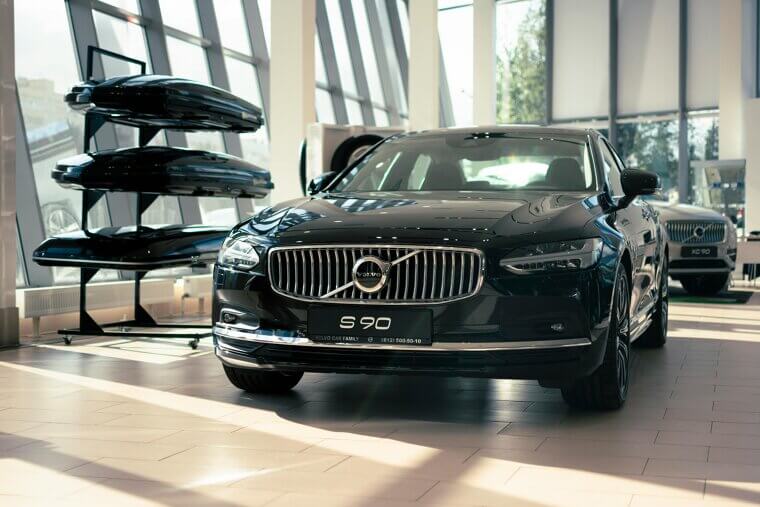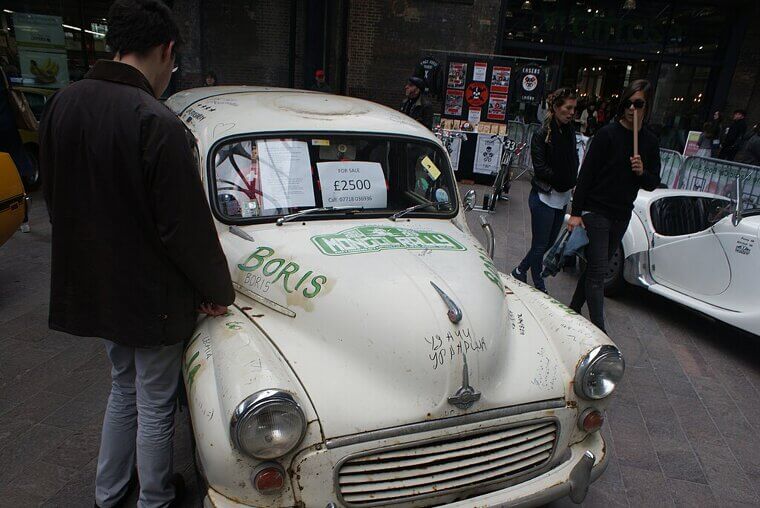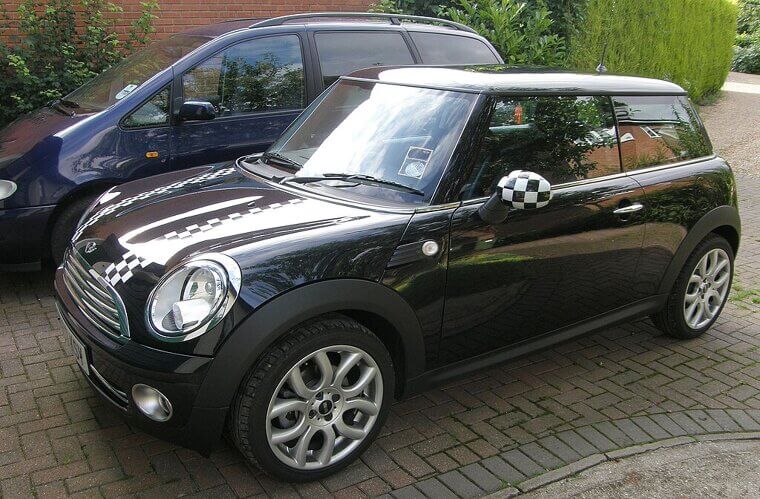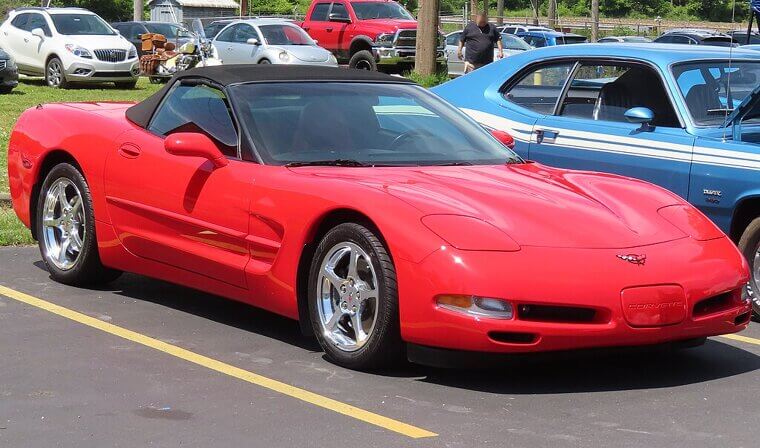Want Top Dollar for Your Car? Trade It In at This Time
Timing is everything, especially when it comes to trading in your car. Whether you’re eyeing a new ride or just trying to maximize value before your current wheels hit the depreciation dip, knowing when to trade is just as important as what you're trading.Here’s how to pick the perfect moment to say goodbye to your old four-wheeled friend.
When to Trade in a Car You Still Owe on
Trading in a car you still owe money on can work out… but only if you’re not upside down on the loan. If your vehicle’s value is higher than your remaining balance, great! That equity can go toward your next ride. But if you owe more than it’s worth, hold tight unless you’re desperate or refinancing to something cheaper with better terms.
Pay Attention to Market Conditions
The used car market isn’t always predictable, but when it heats up (during supply shortages or rising new car prices, for example) your vehicle can be worth significantly more. Stay tuned to trends, watch dealership inventory levels, and keep an eye on trade-in tools online. When demand is up and supply is tight, it’s a prime time to cash in on your clunker.
Best Mileage Level for a Trade in
There’s something about the number 100,000 that makes car buyers flinch. If your vehicle is approaching that milestone, consider trading it in around the 60,000 to 90,000-mile range. It’s often before major maintenance costs hit, and dealerships know they can still sell it with plenty of life left. Go too far past that, and your trade-in value starts sinking like a stone.
Know the Best Time of the Month/year to Trade in
Late in the month, dealerships are often scrambling to hit sales quotas, which can make them more generous with trade-in offers. The end of the year - especially around November and December - is also gold for trade-ins, thanks to holiday promotions and new model arrivals. Combine the two (hello, year-end sale!) and you’ve got a recipe for top-dollar value.
Best Age of the Car to Trade in
Most cars depreciate fastest in their first three years, but by year four or five, that drop-off starts to stabilize. That’s the sweet spot: new enough to still fetch a good value, but old enough to justify a trade. By year six or seven, depreciation piles up, and by ten, you’re usually scraping the bottom of the value barrel (unless it’s a collector’s item, of course).
Know When to Trade in a Loaned Car
Leased cars can be traded in before the lease is up, and in today’s hot used market, it might even be profitable. If your leased vehicle is worth more than the lease’s buyout amount, you could walk away with equity. Just make sure to read the fine print on early termination fees and mileage limits. The timing has to be just right.
Pay Attention to the Best/worst Vehicles to Trade
Not all cars age equally. Fuel-efficient sedans, trucks, and reliable brands like Toyota and Honda tend to hold value better than gas guzzlers or niche models. If you’re driving something in high demand, your timing flexibility expands. But if it’s a low-resale car, damaged, or has quirky features no one’s looking for? Trading earlier may save you from a serious loss.








